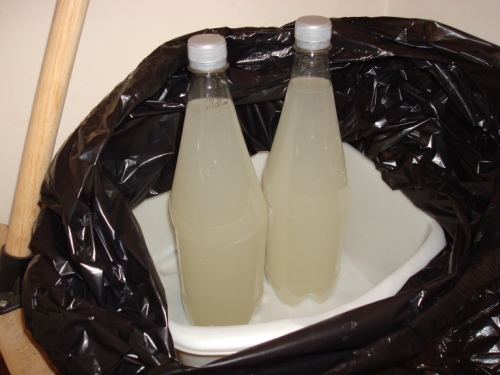This is based on a recipe by Pomiane, which he in turn based on a recipe given to him in his youth; allegedly how they cooked cherry tarts in the Île de France in 1860. For such a simple recipe, it’s marvellously tasty – thin chewy pastry and lots of runny juice. I’ve taken a few liberties with it.
To begin with, don’t make this with the best cherries. Those aren’t in season yet, and should simply be washed and devoured on the spot. Also, it’s quite runny, so not very portable. Assuming a six inch flan ring, you will need:
- 300g bread dough, risen once and knocked back
- 450g cherries, washed and stoned
- 30g caster sugar
- some butter to grease things
Bread dough?! Yeah. Pomiane suggests one ought to be able to order it at one’s local bakery, and apparently you can still do this in rural France. Otherwise, make a batch, and any you don’t use can be kept in the fridge for a couple of weeks.
Anyway, start by stoning the cherries. There is no shame in owning a cherry stoner, unless you use it for olives, in which case I will slap you if ever I hear about it. There is no shame in donning an apron, as this is messy. There is also no shame sampling a few cherries as you go, this will tell you how sweet they are.
This is the point where I’d consider getting the oven going at 220°C for a fan forced. Elsewhere, roll out the piece of dough until it’s about ten inches in diameter, and quite thin, as though you were making a pizza base. But no holes. Ever.
Generously butter the baking sheet and the flan ring, and lay the dough on top, gently pushing it into the corners.
Use a knife or pressure of your palm against the flan ring to separate the excess dough.
Sprinkle half the sugar in, and then pack in the cherries, as tightly as they will go. If there are any spaces left, tear some cherries in half and squish the halves in. Sprinkle the rest of the sugar evenly over the top. (You may have some leftover cherries: due to a massive miscalculation I had 400g of stoned cherries left, which are now sitting in a clean jar with a generous splash of cheap vodka.)
Put the whole lot in the oven for 25 minutes. Remove, sprinkle with a few teaspoons more sugar, and leave to cool. It will have shrunk a little so it shouldn’t be too hard to ease off the flan ring.
Serve when almost cold. Mascarpone if you’re feeling fancy, but plenty of vanilla ice cream is better.
Pomiane suggests working 50g of butter into the pastry. Don’t think this is necessary. Also, his tooth is sweeter, and he recommends 50g of sugar. Not sure he’s dealing with the same sweet cherries that I get from the supermarket.
I wonder what would happen if you poured clafoutis mix into the tart before baking?










